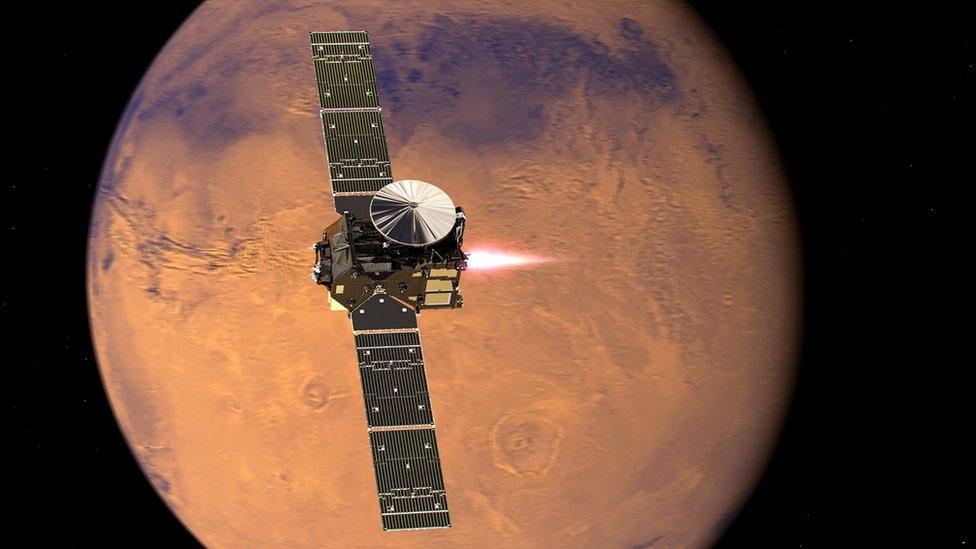Mars: Five things already up there
- Published
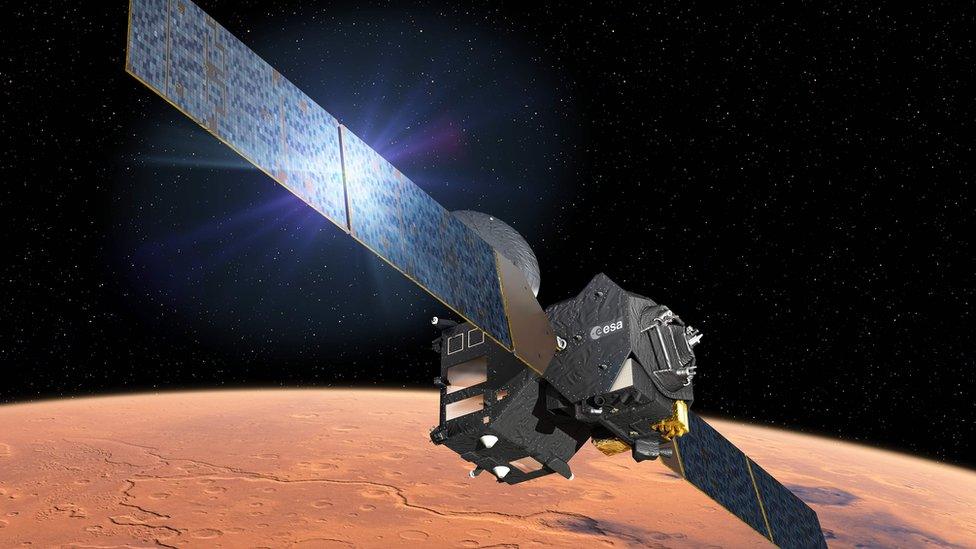
Europe's Schiaparelli spacecraft is on course to land on Mars on Wednesday 19th October. The 577kg probe separated successfully from its mothership on Sunday 16th and is now on a direct path to reach the top of the Red Planet's atmosphere on Wednesday. Schiaparelli is named after the Italian astronomer and science historian Giovanni Schiaparelli. Its main job is to touch down in one piece, to show that the European Space Agency has got the ability to build a Mars traveller. Schiaparelli won't be the first or the last manmade object to get to Mars - but what's already up there?
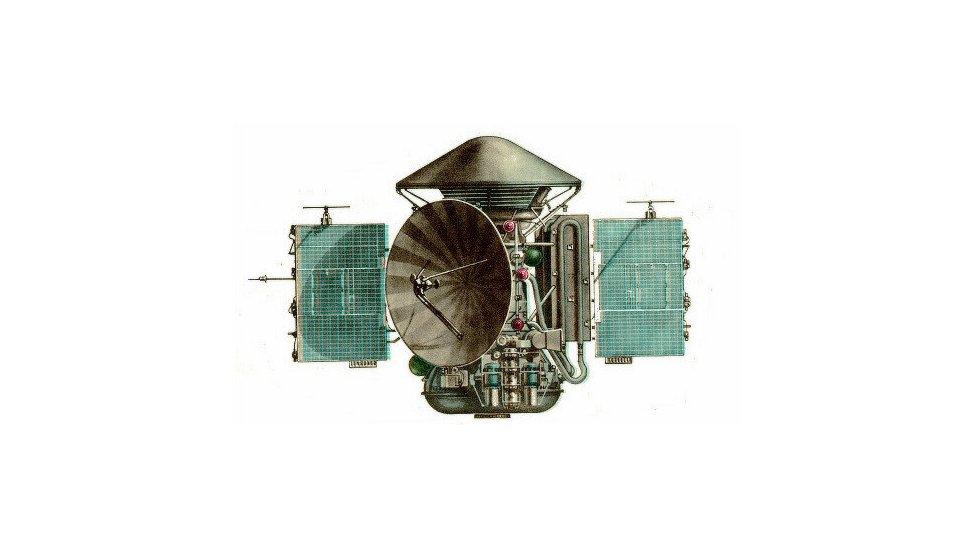
Say hello to the Mars 2 Orbiter and Lander. This was one of the Soviet Union's first missions to send an unmanned spacecraft from Earth to Mars. In November 1971 its landing system failed and the Mars 2 Lander crash-landed. But those bits that smashed into the surface were the first man-made objects to land on the Red Planet.
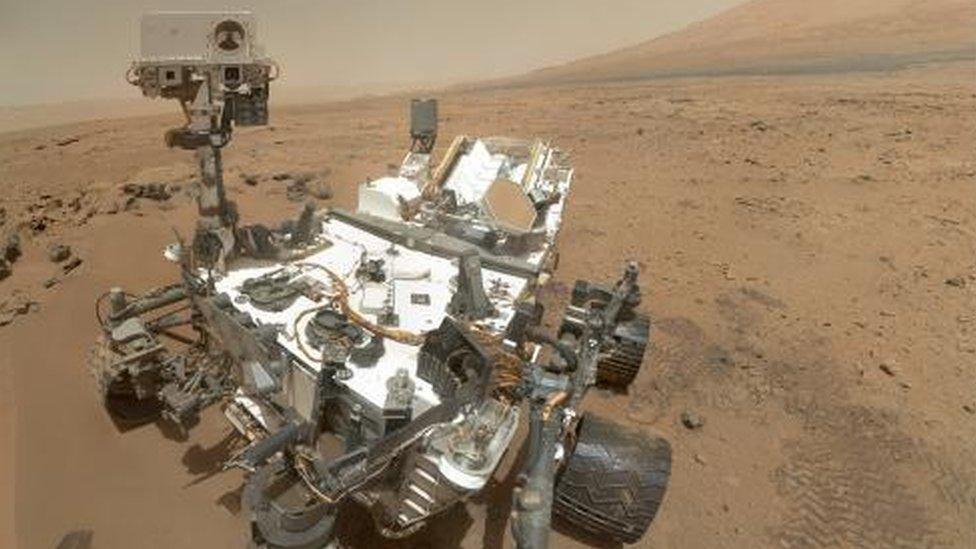
This space selfie was taken by NASA's Curiosity Rover in October 2012 . It was the rover from the Mars Science Laboratory mission. It took this photo with its robotic arm. The background is "Rocknest," the spot in Gale Crater where the mission first scooped up some of Mars' earth to test
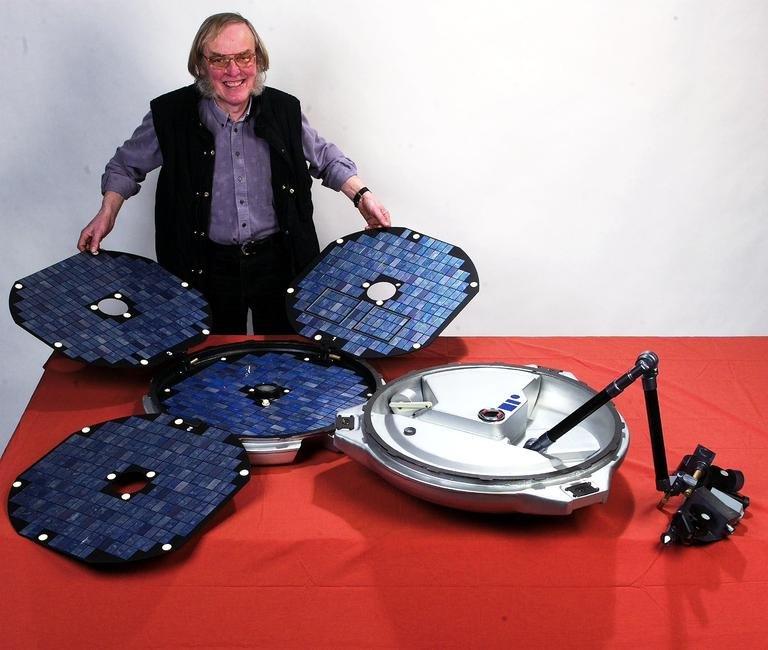
One of the UK's biggest contributions to Mars exploration was the Beagle 2. Designed by inventor Colin Pillinger, it was part of the ESA's 2003 Mars Express mission. Its job was to search for signs of life on Mars. The craft lost contact with Earth during its final descent and its fate was unknown for over twelve years. Beagle 2 is named after HMS Beagle, the ship used by Charles Darwin. The rock group Blur wrote its call signal!
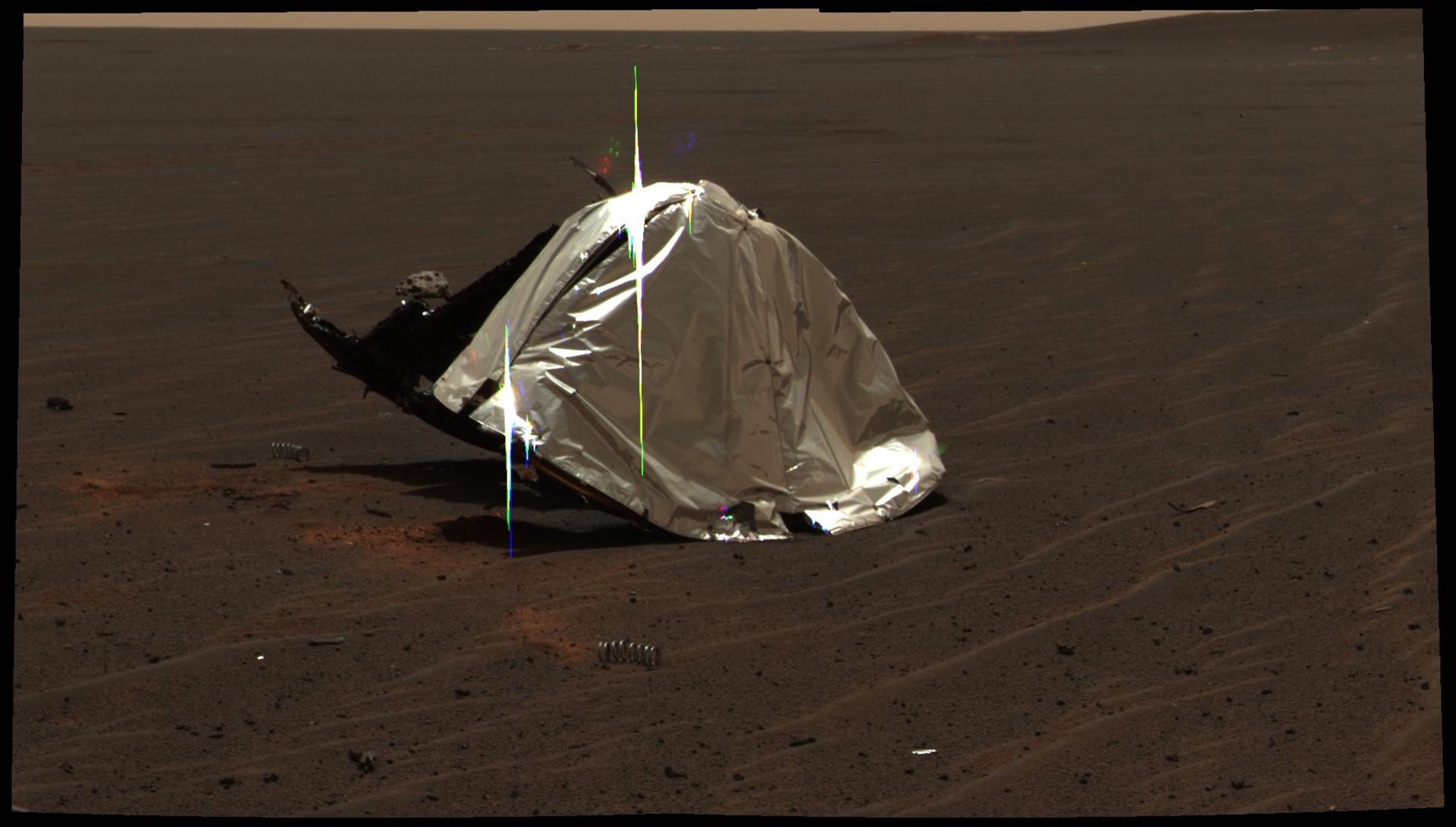
This looks a bit like those tinfoil capes that are given to athletes when they finish races like the London Marathon, but in fact it's is the heat shield from 2004's Opportunity Rover. This heat shield protected the rover from temperatures of up to 2,000 degrees Fahrenheit as it made its way through the Martian atmosphere. The vertical blurs in the picture are the Sun reflecting off the structure.

No, Will.i.am hasn't been sent to Mars! But anyone who's seen The Voice knows the judge is mad on space. In 2012 his song Reach for the Stars became the first piece of music broadcast from Mars to Earth using NASA's Curiosity Rover. But with no speakers on the rover, the track wouldn't have been heard by anyone on the Red Planet itself...
- Published15 October 2016
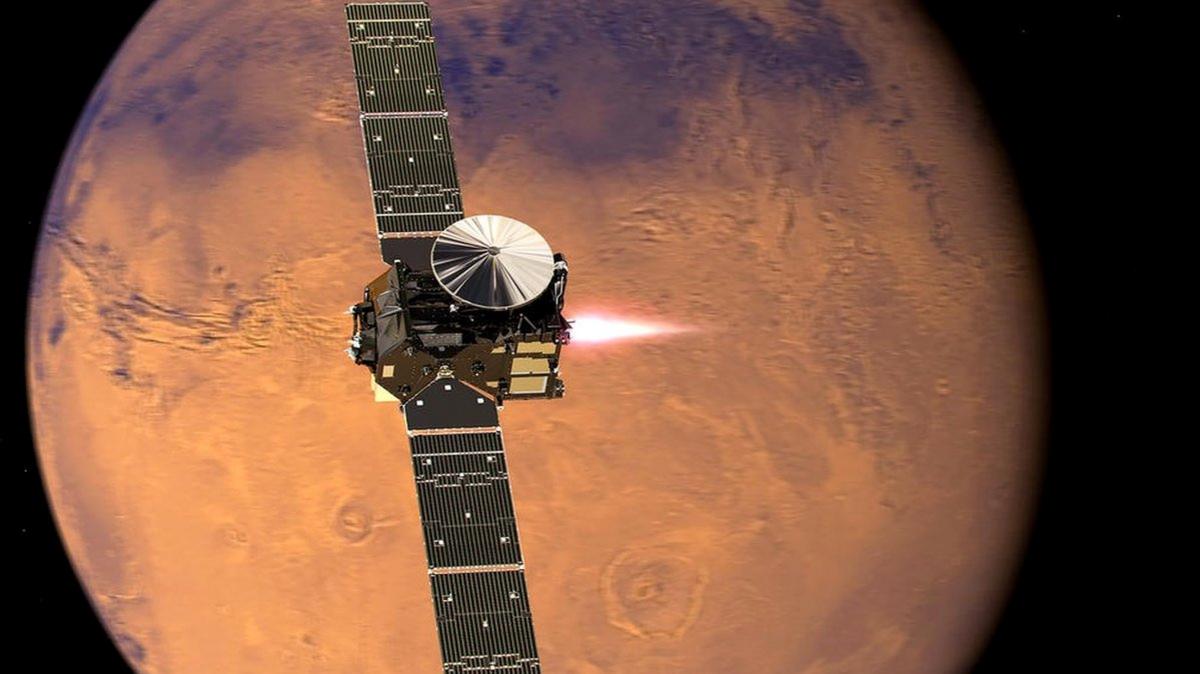
- Published14 July 2011

- Published13 March 2016
